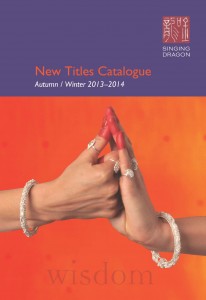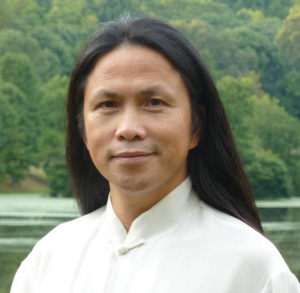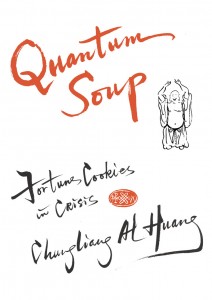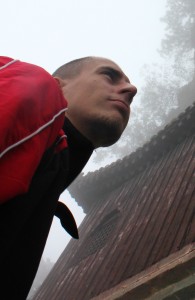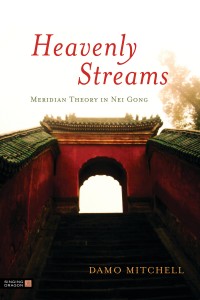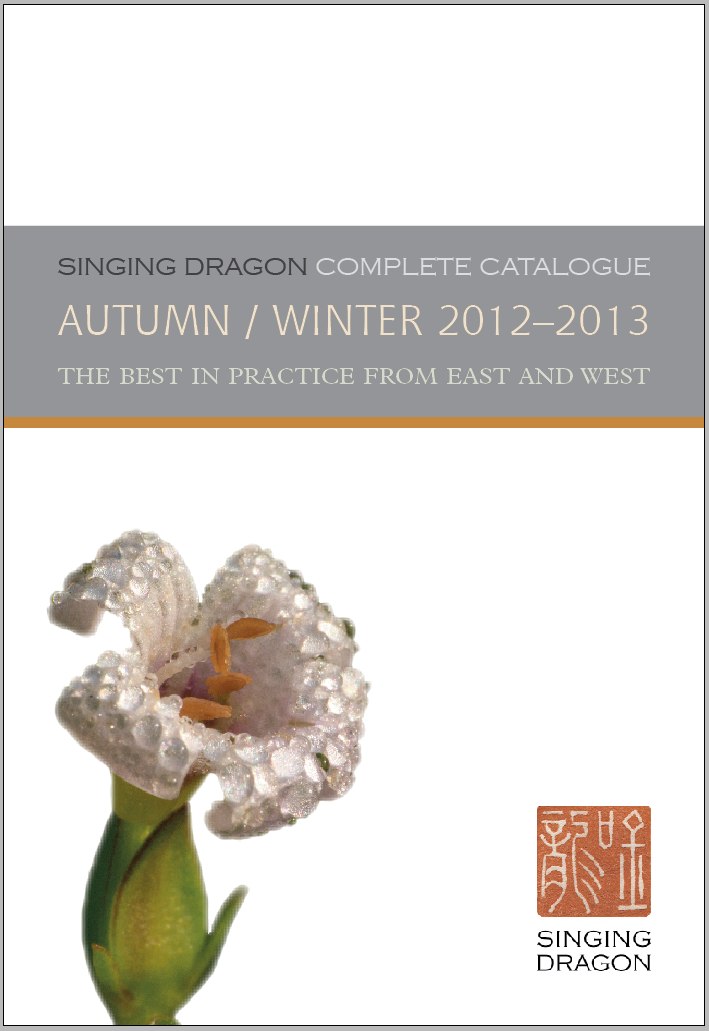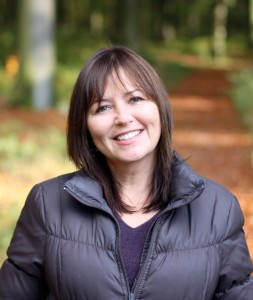 During the holidays, when homes become busier and children are inclined to get over-excited, qigong can help you and the kids in your life to release stress and feel more balanced. The techniques are easy to learn and they can bring positivity to all kinds of daily activities. For instance: wrapping presents, decorating, eating and household chores can all be done with an awareness of how to use your posture, breath and intention to feel more relaxed and balanced in the present moment.
During the holidays, when homes become busier and children are inclined to get over-excited, qigong can help you and the kids in your life to release stress and feel more balanced. The techniques are easy to learn and they can bring positivity to all kinds of daily activities. For instance: wrapping presents, decorating, eating and household chores can all be done with an awareness of how to use your posture, breath and intention to feel more relaxed and balanced in the present moment.
The walking meditation below is ideal to do with kids who need calming down. It’s a wonderful way to cultivate awareness of what’s happening in your inner and outer environments. When children practice it, they discover that it’s possible to find a calm place within themselves when they need to. They gain a deeper understanding of how the mind and body are interdependent and they learn ways to lovingly connect to the world around them.
Walking Meditation
This walking meditation focuses on the heart because in Traditional Chinese Medicine the heart is associated with impatience and over-excitement. With qigong meditation negative energy is released from the heart and then it’s recharged like a battery, with fresh, positive energy that generates calmness, joy and vitality. Don’t worry if you can’t fit all of my suggestions into your walk, even just doing the warm up will help to calm kids down.
Begin by stretching, shaking your arms and legs and tapping yourself all over. Then, gently swing your arms together, raising your heels as your arms go forward and bouncing down on them when they swing behind you. Smile and have fun with this. Breathe normally and imagine tension from your body going into the earth.
After a few minutes of that, start walking. Smile and breathe deeply through your nose, allowing your belly to rise on the inhale and using your tummy muscles to gently pull it in on the exhale. Keep your shoulders down and relaxed and let your arms gently sway. With each step be aware of your toes and heels touching the earth. As you inhale, imagine energy from the earth flowing up through your feet to your belly. Exhale tension. Then, turn your attention to the palms of your hands and feel the tingling of energy as it travels from there to your chest and then down to your belly. Keep smiling and walking at a comfortable pace.
Feel loving energy all around you from the beautiful things that you can see and feel.
What do you hear? What sounds are close? What sounds are far away? How does the air feel? What does it smell like?
When your mind wanders keep bringing it back to the present.
Next, stop and stand in a circle, put your hands on your lower stomach and have a good belly laugh. Having kids with you will be a major advantage at this point. In qigong laughter is called the “second heart” because the pumping action it causes in the diaphragm boosts the body’s blood flow. Laughing is a great way to let go of steam and release impatience from the heart. Imagine you’re exhaling impatience and tension as you make a “ha, ha, ha” sound.
Now, clasp your hands (with fingers interlocking) behind your back and stand up straight. Look forward and walk for a couple of minutes. This exercise is called Emperor Walks Heart Opens and it feels particularly good if you’ve been indulging in too much time sitting on the sofa. Breathe normally and imagine energy from heaven flowing through the top of your head and traveling all the way down your body.
After that, walk normally, continuing to be conscious of the lovely aspects of nature that you can see, feel, and hear. Smile, take a deep breath and inhale love and joy into your heart. Give it a loving rub and keep smiling. Think about your heart smiling and turning bright red (like Santa’s suit). On the exhale, make a long slow “haaw” (rhymes with “saw” sound) imagining impatience and tension leaving your heart as dark smoke and going back into the earth. Repeat this another two times.
Finally before you go back inside, stand still, place your hands in a prayer position, close your eyes, smile and breathe slowly and deeply into your belly. Thank your heart for the work that it does and for helping you to make wise decisions. Imagine love, joy and patience is radiating from it to the rest of your body. End by sending a blessing of love to someone.
Happy holidays!

